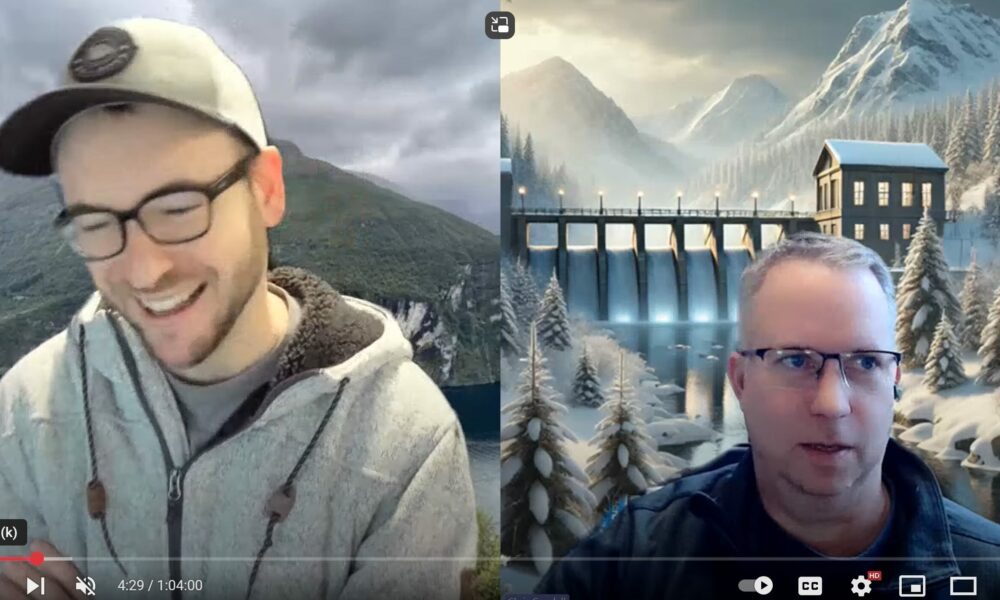
Full Momentum Episode 37: All Things Gates
Gates play a crucial role in hydraulic modeling, impacting water flow, flood control, and dam operations.
As RAS model development is done more and more through GIS, using the HEC-GeoRAS extension, cross section point filtering is becoming a standard part of the HEC-RAS model development exercise. It’s not too uncommon for a model created in GIS to have multiple hundreds of cross section station elevation points. This is normally not a problem, as long as you don’t exceed 500 points (the maximum allowed for any cross section in HEC-RAS. However, do an interpolation with bounding cross sections that have more than 255 points each, and you will have interpolated sections with more than 500 points. Try to run that model and HEC-RAS will give you a message like this:
Fortunately, this is easily remedied. Simply use the Cross Section Points Filter tool located in the Tools menu item in the Geometry schematic:
In this tool, you can filter a single cross section, or do multiple cross sections together. For a single cross section, either go to the cross section indicated in the error message, or scroll through the river station dropdown box until you find one with more than 500 points.
Once you’ve selected your cross section(s), you have a number of different ways to filter. Near and Colinear filtering will remove points that are either very close to another point, or that are in line with other points. You just provide the tolerances (tell RAS how close is too close, etc.) . Once you enter the tolerance values, press the “Filter Points on Selected XS”, and check to see if you removed enough points to get below 500. If not, you’ll have to tighten your tolerances. This can take a little bit of trial and error as you figure out what tolerance levels will remove enough points.
My preferred method for filtering is to use the “Minimum Area Change” method.
Here, all you do is enter in the desired number of cross section points you wish to have in the cross section (500 or less), and then HEC-RAS will remove points until it gets to that number. No trial and error necessary. BUT, you do not have control on which points are removed. HEC-RAS uses a built-in scheme to remove points while minimizing the change in cross section area. At first I was a bit reluctant to use this feature, thinking that it might drastically alter the shape of my cross section. However, when comparing the original and filtered cross sections, I’ve never noticed a visual difference. The “minimum area change” scheme that is used by HEC-RAS does a very good job at preserving the shape and hydraulic characteristics. Give it a try next time you need to filter.
Comments
daxyu
on February 7, 2017Hi Chris. Is there any way to filter points automatically on Bridge Decks? I know that there's a filter button for Inline Structures but can't find something similar on Deck/Roadways.
So far, what I've been doing is copying the deck station/elevation into a new cross section and then using the XS Filter Tool to filter down to 500 points. But if there's an easier (or faster) way, I'd be glad to know.
Thanks!
-Dax
Chris Goodell
on February 10, 2017Hi Dax. That's exactly what I do! Unfortunately there nothing for automatically filtering bridge decks.
Unknown
on October 3, 2019Thank you for the help!
abudhabikid
on September 22, 2021Mr. Goodell,
Is there a source for the logic that RAS uses in either the cross section point filter or the weir/embankment point filter? I would like to be able to use that process for other tasks without keeping a RAS geometry window up.
Thanks in advance!
Chris Goodell
on October 6, 2021I don’t think it’s documented anywhere. But as I understand it, RAS will look for colinear points (3 or more in a row) within a certain tolerance and remove those. For example, take three successive points on a cross section or weir embankment. A line is drawn from the first point to the third. If the second point is within the tolerance distance from that line, then RAS will remove that point. It then moves to the next three points. If at the end, there are still too many points, RAS will increase the tolerance and start over. I believe it continues to increase that colinear tolerance until it gets below the maximum number of allowable points. Full disclosure, I am not 100% sure this is correct, but this is how I’ve always assumed it happens.
Add Your Comment